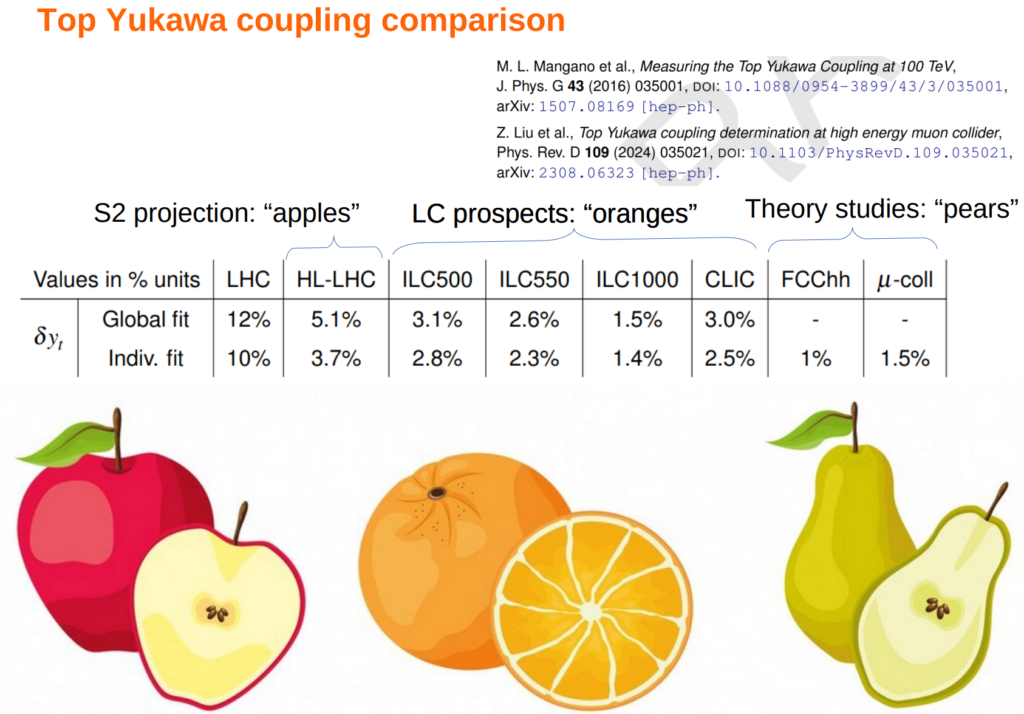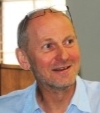From January 8 to 10, about 200 particle and accelerator physicists met at CERN and on zoom for the LC Vision Community Event. The meeting started with a session organised by Early Career Scientists. It moved on to discussion physics case, luminosity and staging scenarios, advanced acceleration technologies, future perspectives on detectors and the implementation of a Linear Collider Facility in Japan – and at CERN.
The second session was dedicated to a fresh look on the Linear Collider physics case, from the Z pole to highest energies, covering the Higgs sector, the top quark, electroweak precision measurements, gauge boson interactions and direct searches for new particles and additional opportunities offered photon colliders as well as beam dump and extracted beam experiments. Key conclusions of the presentations comprise:
- Unraveling the dynamics behind electroweak symmetry breaking and the electroweak phase transition requires a multi-messenger approach based on all multi-boson production and scattering processes, including both gauge and Higgs bosons, measured at several centre-of-mass energies and polarised beams.
- An e+e- collider with a centre-of-mass energy of at least 500 GeV can measure the ZHH production cross-section which gives direct information on the triple-Higgs coupling with complementary beyond-the-Standard-Model (BSM) dependency to that of pp collisions: this is a qualitative game changer compared to lower-energy Higgs factories.
- The electroweak couplings of the top quark offer significant opportunities to discover BSM physics via effects intimately connected to top mass generation. These effects could be an independent source of information about the origin of electroweak symmetry breaking and the generation of the fermion mass hierarchy.
- While we today do not know the energy scale at which BSM physics would manifest itself, there are many opportunities left for discovering particles at e+e- colliders which are too elusive to be recognised at the LHC. It has still 90% of its data to come and the next flagship project of particle physics should be able to react to new discoveries in a timely manner.
- Very complementary opportunities for understanding electroweak symmetry breaking, discovering light new particles and studying QED in unexplored regimes arise from photon-photon collisions, beam-dump and extracted-beam experiments.
On the practical side, it was highlighted that across-collider comparisons of physics reach are often obtained under very different level of detail and very different assessment of future advances in reconstruction, analysis and theory. Work and discussions are needed to render future projections more comparable. Figure 1 illustrates this for the example of the top Yukawa coupling.

On Thursday, the interplay of beam energy, luminosity and construction/operation costs of Linear Colliders were outlined for different running scenarios, taking an “ILC-like” machine as an example. This was followed by an assessment of the expected evolution of key acceleration techniques. These have the potential to either upgrade or replace an initial version. The mission of LC Vision is to understand how to integrate these options into the overall science programme of a linear collider facility. The presentations covered the prospects of raising the gradient of superconducting accelerating structures up to the 70 MV/m region, as well as drive-beam and “cool copper” approaches, energy and particle recovery, plasma acceleration. While many of the presented ideas still need a lot more R&D, it became very clear that potentially game-changing developments could arrive in the next decades and a future facility should be designed to enable particle physics to profit from new technologies. The session also informed about the concepts for alternative collider modes and the implementation of beam dump experiments.
Detectors play a key role for the success of any facility: while the classic detector concepts for linear colliders have demonstrated that they can be built and do an excellent job, detector technologies are rapidly advancing, and any future detector should be designed to profit from current advancements and those to come over the next decades.
We also looked at actual implementations, both in Japan and at CERN. A first glimpse into the nearly finished cost update for the ILC in Japan was presented, showing the impressive level of detail at which this is being done, including new industry quotes on the major cost drivers. Another highlight was presentation of the ongoing work for CLIC, including improved luminosities, a cost update for the EPPSU and a life-cycle assessment for both the CLIC and the ILC accelerator components. Specifically for the implementation at CERN, a design of the conventional facilities and basic infrastructure compatible with hosting either CLIC or a superconducting collider is underway, including a second interaction region for complementary experiments or even complementary collider modes. Thanks to the inherent upgradability of linear colliders, such a facility could be designed with a cost-optimised initial stage, with many opportunities to upgrade in energy and luminosity depending on available ressources, physics and developments in more global partnership and cooperation.
A submission with a concrete proposal including an up-to-date costing is under preparation. Everybody interested to follow the developments is cordially invited to sign up here – and to mark their calendars for the week of October 20-24, when we are looking forward to LCWS2025 in Valencia!



Recent Comments